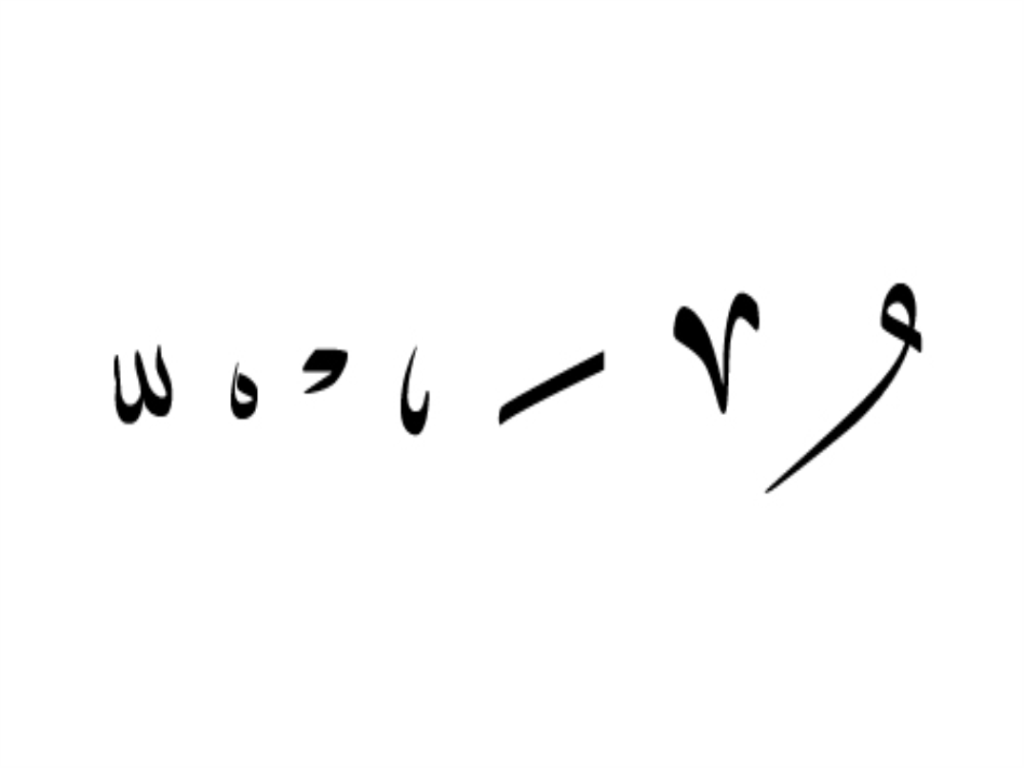Welcome to an essential step in your Arabic language journey: understanding Arabic vowels, also known as harakat. These small yet mighty symbols, placed above or below Arabic letters, are key to accurate pronunciation and comprehension. Don’t worry if they look new – we’ll break down everything you need to know about these short vowels in Arabic and the crucial sukoon in Arabic. Mastering these will significantly improve your ability to read and speak Arabic correctly.
What are Harakat? The Key to Pronouncing Arabic Vowels
In the Arabic script, most letters primarily represent consonants. Arabic harakat serve as vowel markers, guiding you on how to pronounce the sounds that accompany these consonants. Think of them as the musical notes of the Arabic language! Without them, reading can be ambiguous, as many words share the same consonant skeleton but differ in vowelization.
The most common Arabic vowels are the short vowels, represented by three main harakat:
- Fatha – فَتْحَة : A small diagonal line placed above a letter. It represents a short “a” sound, similar to the “a” in “cat”.
- Example: بَ (ba) – as in the beginning of the word بَاب (baab – door)
- Kasra – كَسْرَة : A small diagonal line placed below a letter. It represents a short “i” sound, similar to the “i” in “bit”.
- Example: بِ (bi) – as in the beginning of the word بِنْت (bint – girl)
- Damma – ضَمَّة : A small curl-like symbol placed above a letter. It represents a short “u” sound, similar to the “u” in “put”.
- Example: بُ (bu) – as in the beginning of the word بُرْتُقَال (burtuqaal – orange)
The Silent Vowel: Understanding Sukoon Arabic
Beyond the short vowels, there’s another vital haraka that indicates the absence of a vowel sound. This is the سُكُون (Sukoon).
- Sukoon – سُكُون : A small circle placed above a letter. It indicates that the consonant is not followed by a vowel. It essentially makes the consonant “silent” in terms of an added vowel sound.
- Example: بْ (ـbْ) – as in the middle of the word كِتَاب (kitaab – book)
Understanding the sukoon Arabic is crucial for reading words correctly. It often connects two consonants without an intervening vowel.
Fatha Kasra Damma Sukun: The Four Pillars of Short Vowels
These four harakat – fatha, kasra, damma, sukun – are the fundamental building blocks of pronunciation in Arabic. They dictate the short vowel sounds that follow or the absence of a vowel sound after a consonant.
Let’s see them together:
| Haraka | Name | Sound (approximate English) | Placement | Example (transliteration) | Arabic Word | Meaning |
|---|---|---|---|---|---|---|
| َ | Fatha | a (as in cat) | Above | ba | بَاب | Door |
| ِ | Kasra | i (as in bit) | Below | bi | بِنْت | Girl |
| ُ | Damma | u (as in put) | Above | bu | بُرْتُقَال | Orange |
| ْ | Sukoon | (no vowel sound) | Above | ـbْ | كِتَاب | Book |
Why are Arabic Harakat Important?
Mastering Arabic harakat is essential for several reasons:
- Accurate Pronunciation: They guide you to pronounce words the way native speakers do.
- Understanding Meaning: The presence or absence of a haraka can completely change the meaning of a word.
- Reading Fluency: Recognizing harakat helps you read Arabic text more smoothly and confidently.
- Comprehension: Correct pronunciation leads to better understanding of spoken Arabic.
Tips for Learning and Practicing Arabic Vowels
- Start Early: Introduce yourself to harakat from the beginning of your Arabic learning journey.
- Visual Recognition: Pay close attention to how each haraka looks and where it’s placed relative to the letter.
- Audio Association: Listen to native speakers pronounce words with different harakat and try to imitate the sounds.
- Practice Reading: Read simple Arabic words and sentences with harakat clearly marked.
- Use Resources: Utilize Arabic learning apps and websites that focus on pronunciation.
- Don’t Get Discouraged: Like any new skill, mastering pronunciation takes time and practice. Be patient with yourself!
Understanding Arabic vowels and the role of sukoon in Arabic is a fundamental step towards fluency. By familiarizing yourself with fatha, kasra, damma, sukun, and recognizing them as the Arabic harakat, you’ll unlock a deeper understanding and appreciation for the beautiful sounds of the Arabic language. Keep practicing, and you’ll be reading and speaking with greater accuracy in no time!
If you liked this article and would like to start learning Arabic, why not head over to our website and download the Kaleela Arabic learning app and learn to speak Arabic today? With the Kaleela Arabic learning app you can start learning Arabic on your own, at your own pace, whenever and wherever you want. It really is the best way to learn Arabic! Try it now and find out why.



